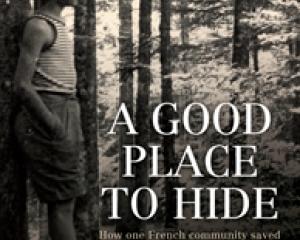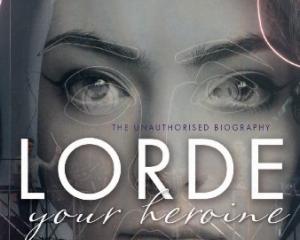
Reading Bringing Them Up Royal I'm irrepressibly reminded of the old television series Blackadder, with Blackadder (Rowan Atkinson) gurning and simpering his way through the series. All the while (initially at least) harried, bullied and threatened by his irascible father the King, (Brian Blessed).
This book is a most improbable history, from Henry VIII to Queen Victoria, the author interweaves times past with the younger discipline of child psychology. A discipline that owes much to Charles Darwin, who compared his child's behaviour with the apes in London Zoo and inspired psychologists to study their own children. Though hopefully not with zoo apes.
From an early age, the Royal children learnt that privilege came with a high price. According to the author, pomp and circumstance was but a thin veneer for conspiracies, exile, incest, child abuse, narcissism, murder, executions, sibling rivalry and (on a grand scale) infidelity.
Charles II for example, was a great one for having to sort the children out at Christmas; he had at least 12 by seven of his mistresses, including two sons by Nell Gwynne. There are those who reckon, the author suggests, more than half the hereditary peers in the House of Lords can trace their ancestry to Charles II.
From an obscure ambitious butler in about 1451, (who thankfully left the mayhem to others), the young Royals have never had what might be termed, (to the average peasant anyway) a ''normal'' upbringing. Well, not according to the author and not until the late Princess Diana changed what had been the accepted way of Royal child rearing.
While the book makes for an interesting reading, it's a whirl of James, Georges, Edwards, Henrys and Victorias. My knowledge of the European crowned heads is shaky at best; a history book to read as lively as this may have made me more aware . However, a Royal family tree showing where the various Kings, Queens, Princes, Princesses, Arch-Dukes and so on fitted in, would have made the Machiavellian ins and outs a little easier to comprehend.
For example, nationality appeared to change over time. Since 1714, the author tells us, the Royal Family had been German, but public hostility in 1917 forced the King to proclaim a name change from Saxe-Coburg and Gotha to the ''uber-English'' House of Windsor. This caused Kaiser Wilhelm to joke that he looked forward to seeing Shakespeare's excellent comedy ''The Merry Wives of Saxe-Coburg-Gotha'' when he came to England after the war.
1914-18 was a time of chaos for all Royals and their children. Albeit some of the latter now adult, with the Greek King a refugee, George V refusing to help his cousin the Russian Tsar, and ''an epidemic of revolutions and abdications'' - in other words, situation about as normal as it gets in aristocratic circles.
Still, it doesn't do to cross the Royals, as the book points out. Upon retirement in 1948, former governess of Queen Elizabeth II as a child, Marion Crawford, (Crawfie), at the Foreign Office's behest wrote a book called The Little Princesses, for which the Royals sent her to Coventry, neglecting to visit her, (on the way to Balmoral they regularly passed her Aberdeen house), send her a Christmas card or even send a wreath to her funeral in 1988.
Ted Fox is a Dunedin online marketing consultant.



